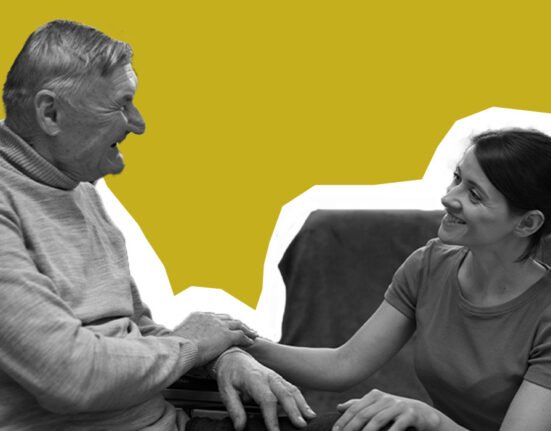75 Years of Investigation evaluated by a global team of experts. According to a new study, there is an increased risk of chronic pain and accompanying impairment in adulthood when physical, sexual, or emotional abuse or neglect occurs, either on its own or in conjunction with other forms of childhood trauma. The study includes more than 826,000 people’s data.
It has been demonstrated that adverse childhood experiences (ACEs) have a detrimental impact on an adult’s health. There are no estimates of the relationships between ACEs and persistently painful conditions. These findings are quite alarming especially children are exposed to ACEs every year, increasing their chance of developing chronic pain and disabilities later in life. The range of these children crosses the half population of the world’s children. The objective of this systematic review and meta-analysis was to assess the relationships between adult chronic pain and pain-related disability and exposure to ACEs.
Also Read: Childhood Fears and, Their Relation to Mental Health Disorders
Adverse childhood experiences (ACEs)
These are harms that happen to a child or adolescent directly, like physical, sexual, or emotional abuse or neglect on the part of a parent or caregiver. They can also happen indirectly, like through dysfunctional households or living situations, like parental death, divorce, substance abuse, or a parent or sibling’s serious illness. 2019 saw an estimated 44% of ACEs occur in high-income nations and 59% in low- and middle-income nations. Adults in the US report experiencing four or more categories of ACEs, compared to 19% of European adults who claim having encountered two or more ACEs. Reviews from the past have emphasized the detrimental effects of ACEs on behavioral, psychological, and physical health, as well as early death.
Chronic pain
A painful sensory and emotional experience connected to, or mimicking, existing or potential tissue damage is called chronic pain. The most common causes of years spent disabled are extremely common chronic pain, diseases, such as musculoskeletal disorders (MSDs), and non-musculoskeletal disorders (non-MSDs) including headaches and migraine.
Also Read: Importance of Motivation During the Childhood
Findings of the study
In addition to different kinds of abuse, the new research considered trauma related to living with a family member who abuses drugs, losing a parent, and domestic violence. In the study, adult chronic pain conditions that frequently interfered with everyday life were low back pain, arthritis, headaches, and migraines. The team discovered that children who experienced direct neglect or physical, sexual, or mental abuse were 45 percent more likely than children who did not experience such exposures to have chronic pain as adults.
The greatest effect was caused by physical maltreatment, which was connected to both chronic pain and pain severe enough to cause actual impairment. The study discovered that the likelihood of developing chronic pain increased when “indirect” trauma—such as parental loss, substance misuse by a parent, or domestic violence—was added.
Also Read: Understanding the Learning Disabilities During Childhood
Highlights of the research
- Adverse childhood experiences have a detrimental effect on one’s physical, psychological, and behavioral health throughout the duration of one’s life, according to earlier meta-analyses.
- Discovered that having experienced any type of direct adverse childhood event—such as physical, sexual, emotional, or neglect—increased the likelihood that an adult would report chronic pain and a disability connected to pain.
- As the number of negative childhood events grew, so did the probability of reporting chronic painful conditions.
As per the research, it is concluded that there is a substantial correlation between the reporting of chronic pain and pain-related impairment in adults with both individual and cumulative ACEs.













Leave feedback about this